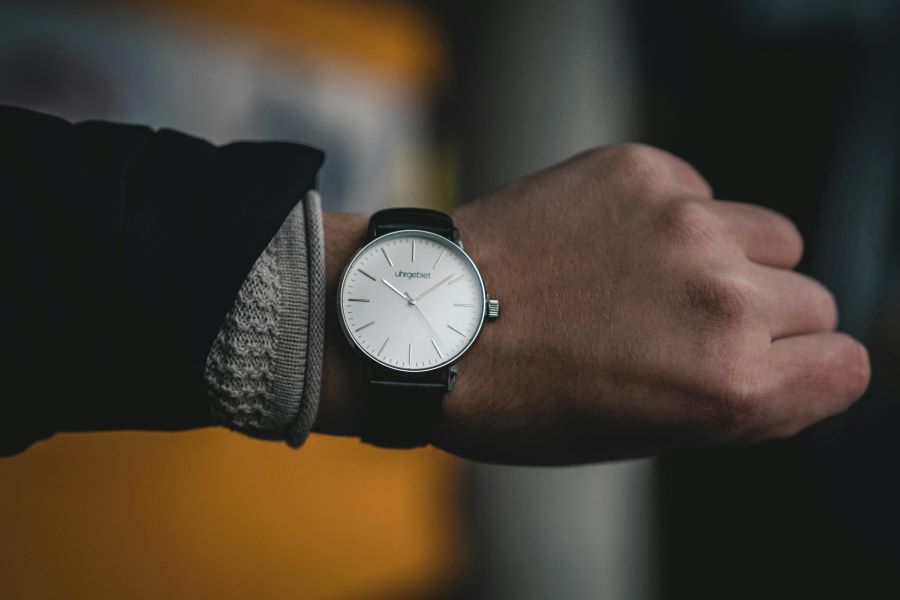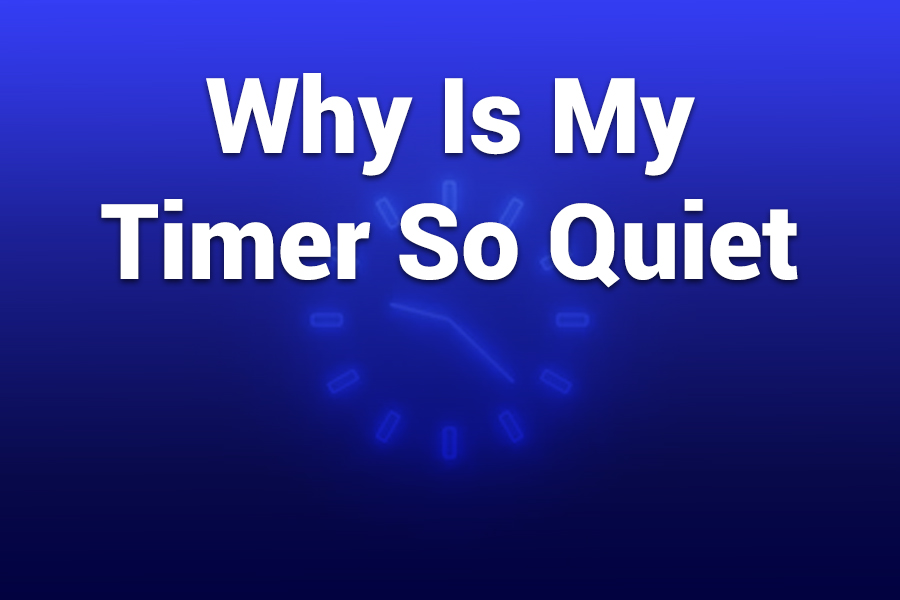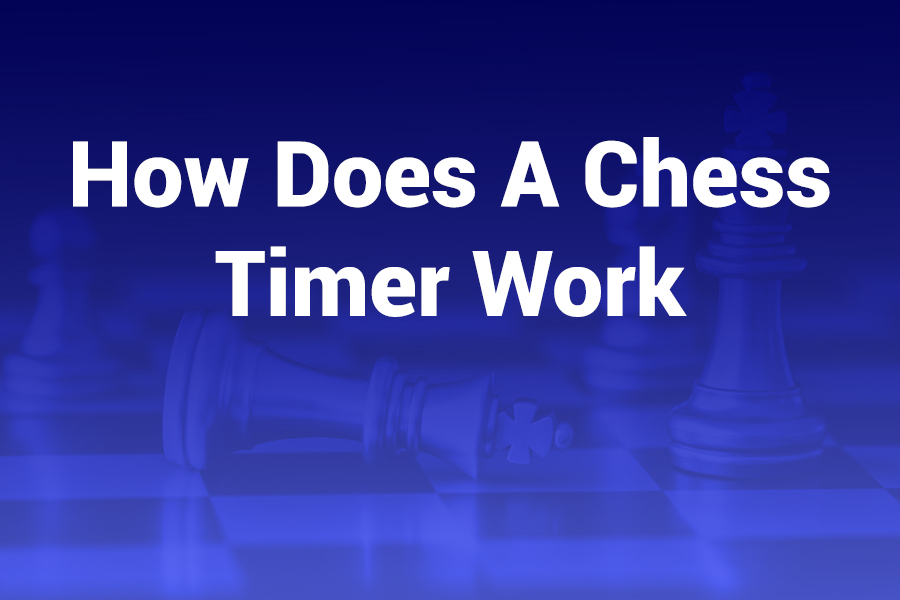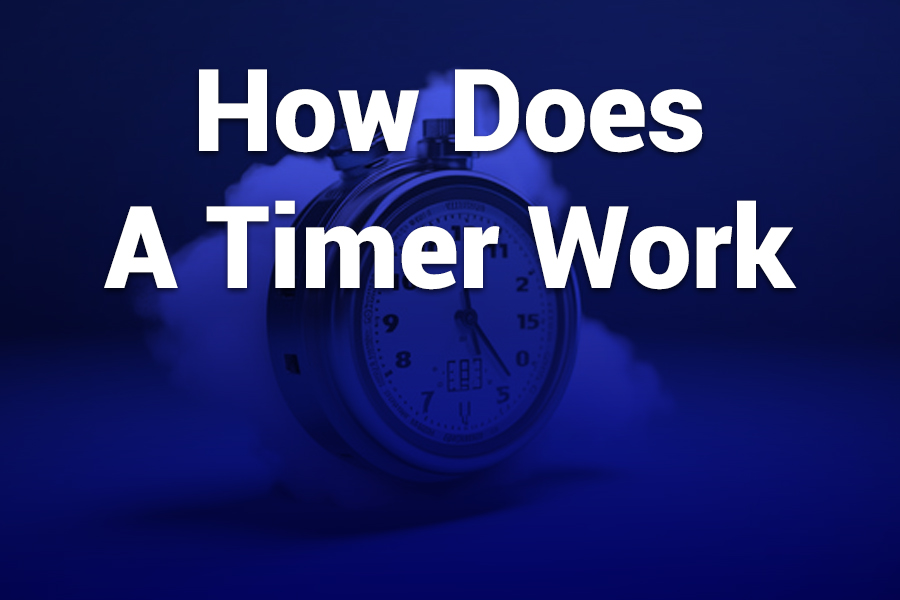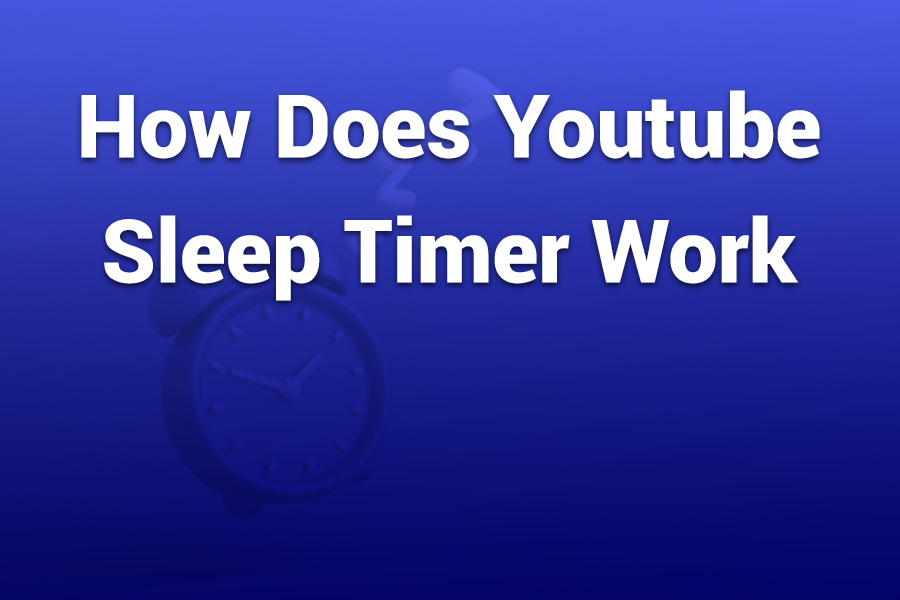Understanding Time Calculation
Calculating the time remaining until a specific hour is a basic arithmetic operation, but it can become confusing when crossing over different parts of the day. Here's how to calculate how many minutes remain until 3 o'clock:
Basic Formula
To find minutes until 3 PM, subtract the current time from 3:00 PM and convert the result to minutes. For example, if it's 1:30 PM, you have 90 minutes until 3 PM.
AM/PM Considerations
Remember to account for AM/PM. If it's 10:00 AM, you need to calculate the time until 3:00 PM (5 hours or 300 minutes). If it's 5:00 PM, you're calculating until 3:00 PM the next day.
24-Hour Format
Using 24-hour format simplifies calculations. 3:00 PM is 15:00 in 24-hour time. If the current time is 13:30 (1:30 PM), then 15:00 - 13:30 = 1 hour and 30 minutes = 90 minutes.
Step-by-Step Calculation Method
- Identify the current time in hours and minutes (e.g., 1:45 PM).
- Determine which 3 o'clock you're calculating to (3:00 AM or 3:00 PM).
-
Convert both times to minutes since midnight or a common reference point.
- 3:00 PM = 15 hours × 60 minutes = 900 minutes
- 1:45 PM = 13 hours × 60 minutes + 45 minutes = 825 minutes
- Subtract the current time from the target time (900 - 825 = 75 minutes).
- If the result is negative, add 24 hours (1440 minutes) to get the time until 3:00 the next day.
The Psychology of Waiting for Time
Why does time seem to crawl when we're watching the clock, but fly by when we're engaged in enjoyable activities? The psychology of time perception offers fascinating insights into how our brains process the passing of minutes:

Attention and Time Perception
When we focus on time itself—like repeatedly checking how many minutes until 3 o'clock—we actually perceive time as moving more slowly. This phenomenon is known as the "watched pot never boils" effect.
Emotional States Affect Time Perception
Our emotional state significantly impacts how we perceive time. When we're anxious or bored, time seems to slow down. When we're engaged in "flow" activities, time seems to speed up.
Age and Time Perception
As we age, time seems to pass more quickly. This may be because new experiences create more detailed memories, making time feel longer. As we age and have fewer novel experiences, time seems to accelerate.
"Time is an illusion."— Albert Einstein
Tips to Make Time Pass More Quickly
Engage in Absorbing Tasks
Instead of watching the clock, immerse yourself in activities that require focus and engagement.
Break Time into Segments
Divide the waiting time into smaller, manageable chunks with specific tasks for each segment.
Read or Learn Something
Reading or learning new information can make time pass quickly while being productive.
Listen to Music or Podcasts
Audio content can distract your mind from time-watching and make waiting more enjoyable.
Digital vs. Analog: How We Read Time
The way we read and interpret time has evolved significantly with technology. Understanding the differences between digital and analog time reading can help us better conceptualize time intervals:
Research suggests that analog clocks may help children develop a better conceptual understanding of time and time intervals. The visual representation of time as a circle helps illustrate that time is cyclical and continuous, making it easier to visualize "how many more minutes until 3."
Digital clocks, while more precise and easier to read at a glance, may not provide the same intuitive understanding of time intervals. However, they excel at providing exact time measurements, which is particularly useful when precision is required.
Practical Applications of Time Intervals
Understanding and calculating time intervals has numerous practical applications in our daily lives. Here are some common scenarios where knowing "how many minutes until 3" might be particularly useful:
Work and Productivity
- Planning the number of tasks you can complete before a 3 PM deadline
- Scheduling meetings to end before 3 PM
- Determining if you have time for a quick task before a 3 PM call
- Managing your energy levels knowing when your workday ends
Education
- Students calculating remaining study time before a 3 PM exam
- Teachers planning lesson activities to fit before the end of school
- Scheduling study breaks to optimize learning efficiency
- Parents coordinating after-school pickup times
Cooking and Food Preparation
- Determining when to start cooking to have dinner ready by 3 PM
- Calculating defrosting times for frozen ingredients
- Planning meal prep to fit within available time windows
- Coordinating multiple dishes to be ready simultaneously
Travel and Transportation
- Calculating when to leave to arrive at the airport for a 3 PM flight
- Planning public transit connections to reach a destination by 3 PM
- Estimating travel time with traffic considerations
- Coordinating pickup times for rideshares or taxis
Time Zones and Global Considerations
In our interconnected world, calculating "how many minutes until 3" becomes more complex when dealing with different time zones. Here's what to consider when working across global time differences:
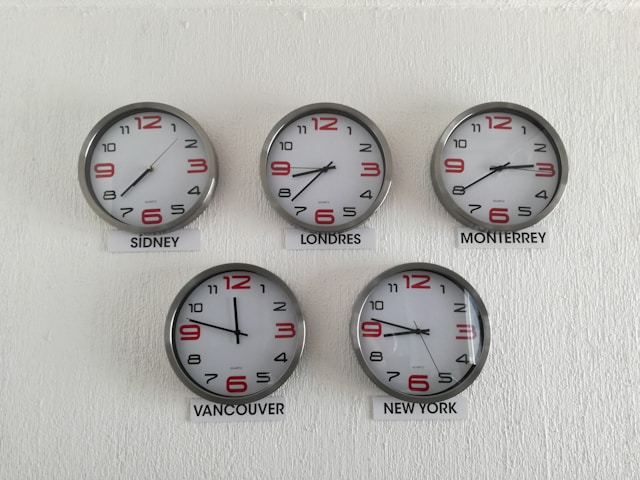
Understanding Time Zone Differences
When someone asks "How many minutes until 3?" in an international context, it's essential to clarify which 3 o'clock they're referring to. Is it 3 PM in New York, London, or Tokyo?
Coordinating Across Time Zones
For international meetings or calls scheduled for 3 PM in a specific time zone, participants need to convert this time to their local time to calculate how many minutes they have until the event.
Daylight Saving Time Complications
Daylight Saving Time changes can further complicate time calculations, as not all regions observe DST, and those that do may change their clocks on different dates.
Common Time Zone Conversions for 3 PM
Conclusion: Making Every Minute Count
Whether you're counting down the minutes until 3 PM for the end of a workday, a meeting, or any other deadline, understanding how to calculate time intervals is a valuable skill. But beyond the mathematics, it's worth considering how we perceive and use our time.
Time is our most precious resource—we can't create more of it, and once it's gone, we can't get it back. So as you calculate "how many more minutes till 3," consider not just the quantity of time remaining, but the quality of how you'll use those minutes.
Instead of watching the clock and making time crawl, engage in meaningful activities that make those minutes valuable. Whether it's completing an important task, learning something new, or simply taking a moment to breathe and reset, make those minutes count.
After all, the question isn't just "how many more minutes till 3?"—it's "what will you do with those minutes?"

